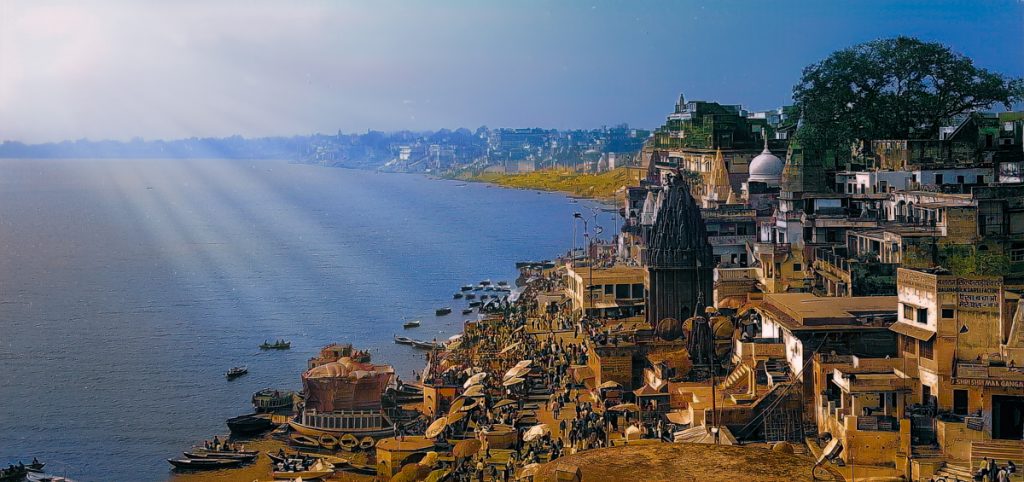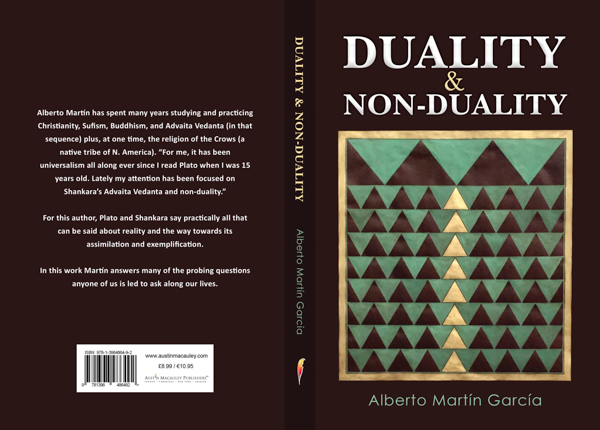I have just started reading the massive commentary on the mANDUkya, Gaudapada kArikA-s and Shankara bhAShya (if it was Shankara) by Divyaj~nAna Sarojini VaradarAjan, so I thought it might be appropriate to post my own translation and commentary on the Upanishad itself from ‘A-U-M’.
The VaradarAjan book is in two volumes and, as far as I am aware, is only available from Exotic India at £65 to post to the UK. Only 500 copies were printed and these may sell out quickly as her Upanishad commentaries are unparalleled.
My own book ‘A-U-M: Awakening to Reality’ is a ‘by topic’ rather than verse by verse commentary, although it does cover all of the material. The specific translation and commentary on the 12 verses of the Upanishad itself are relegated to an Appendix, since the material is rather ‘dense’, and the tone less ‘conversational’ than the main body of the book. It is available from Amazon:
Book ($34.95): Buy from Amazon US; Kindle ($16.49): Buy from Amazon US
Book (£20.99): Buy from Amazon UK; Kindle (£6.99): Buy from Amazon UK
This series will post the whole of Appendix 1 of ‘A-U-M’ and, in general, each post will cover one verse of the Upanishad. This first post, however, covers the shAnti pATha – the traditional prayer at the beginning of an Upanishad – and Shankara’s introduction.
Continue reading →





